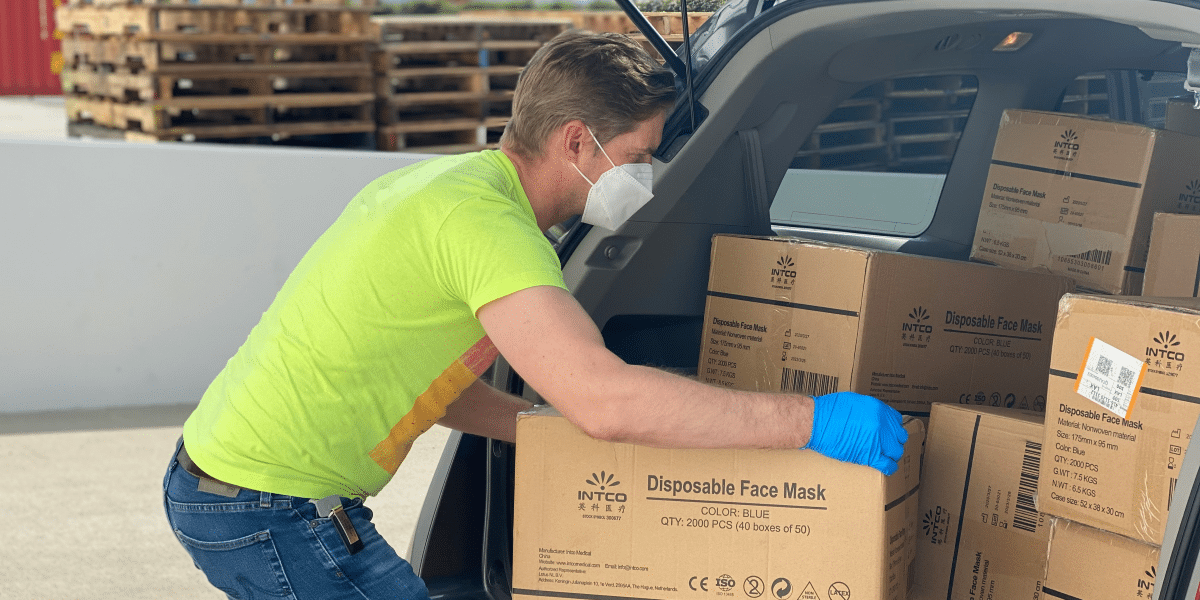Shipping frozen foods can be a tricky endeavor, especially when you need to ensure that products arrive at their destination in perfect condition. The slightest temperature fluctuation during transit can lead to spoilage or loss of quality, which can be devastating for businesses that rely on customer satisfaction and product integrity. The good news is that with the right techniques and packaging solutions, mastering the art of shipping frozen products becomes a much smoother process. This post will guide you through the essentials of packaging frozen goods effectively to keep your shipments fresh and intact.
Insulation Matters
When it comes to shipping frozen products, proper insulation is one of the important factors. Keeping products at a consistently low temperature throughout transit is crucial to maintaining their quality. One of the premier ways to achieve this is by using packaging solutions that offer superior barrier protection against temperature changes, such as customized mylar bags. Mylar bags are not only durable, but they also provide excellent insulation properties that help to lock in the cold and block out moisture, air, and light, which could compromise the quality of the frozen goods.
In addition to Mylar bags, businesses should consider using insulation liners or thermal boxes. These are designed to regulate the internal temperature of the package, keeping the contents frozen even when external temperatures fluctuate. Pairing Mylar bags with insulated packaging materials offers a robust solution for shipping frozen foods long distances without worrying about temperature changes along the way.
Dry ice and gel packs are other popular methods for maintaining the cold environment required for shipping frozen goods. However, it’s important to ensure that the amount of dry ice or gel packs used is sufficient for the journey. Consider the shipping distance, duration, and the outside temperature conditions to calculate the right amount of insulation and cooling required. Planning for these factors will help you avoid the risk of thawing, ensuring your frozen goods reach their destination in optimal condition.
How to Pack Frozen Goods Efficiently
In addition to insulation, proper packing techniques play a critical role in ensuring your frozen items stay intact during transit. To pack frozen goods like a pro, always begin by placing your frozen items in airtight, sealed packaging to prevent freezer burn and contamination. Customized mylar bags are an excellent option for this purpose, as they aim to provide a high-quality seal that maintains the freshness and quality of your frozen products.
Next, you’ll want to ensure that the frozen items are packed tightly within the shipping container to minimize any movement during transit. If your products shift inside the package, they’re more likely to be exposed to warmer air pockets, which can cause them to thaw. Filling any remaining space in the shipping box with cushioning materials, like packing peanuts or air pillows, helps reduce this risk while also offering added protection against potential damage.
It’s also important to choose the right flexible packaging manufacturers when sourcing packaging materials. ePac offers a wide range of flexible, customizable packaging options that can be tailored to meet the specific needs of your frozen food shipments. Their innovative solutions help you keep your products fresh and safe from the challenges of shipping while reinforcing your brand identity with high-quality, custom-printed designs.
Mastering the art of shipping frozen products requires careful consideration of insulation, packing techniques, and the right materials. From using customized mylar bags for optimal barrier protection to selecting reliable packaging solutions from experienced flexible packaging manufacturers, there are many ways to ensure your frozen goods arrive in perfect condition. By investing in the right tools and following premier practices for packaging, you can confidently ship your frozen products, knowing they’ll reach your customers just as fresh as when they left your facility.
Published by: Nelly Chavez


















